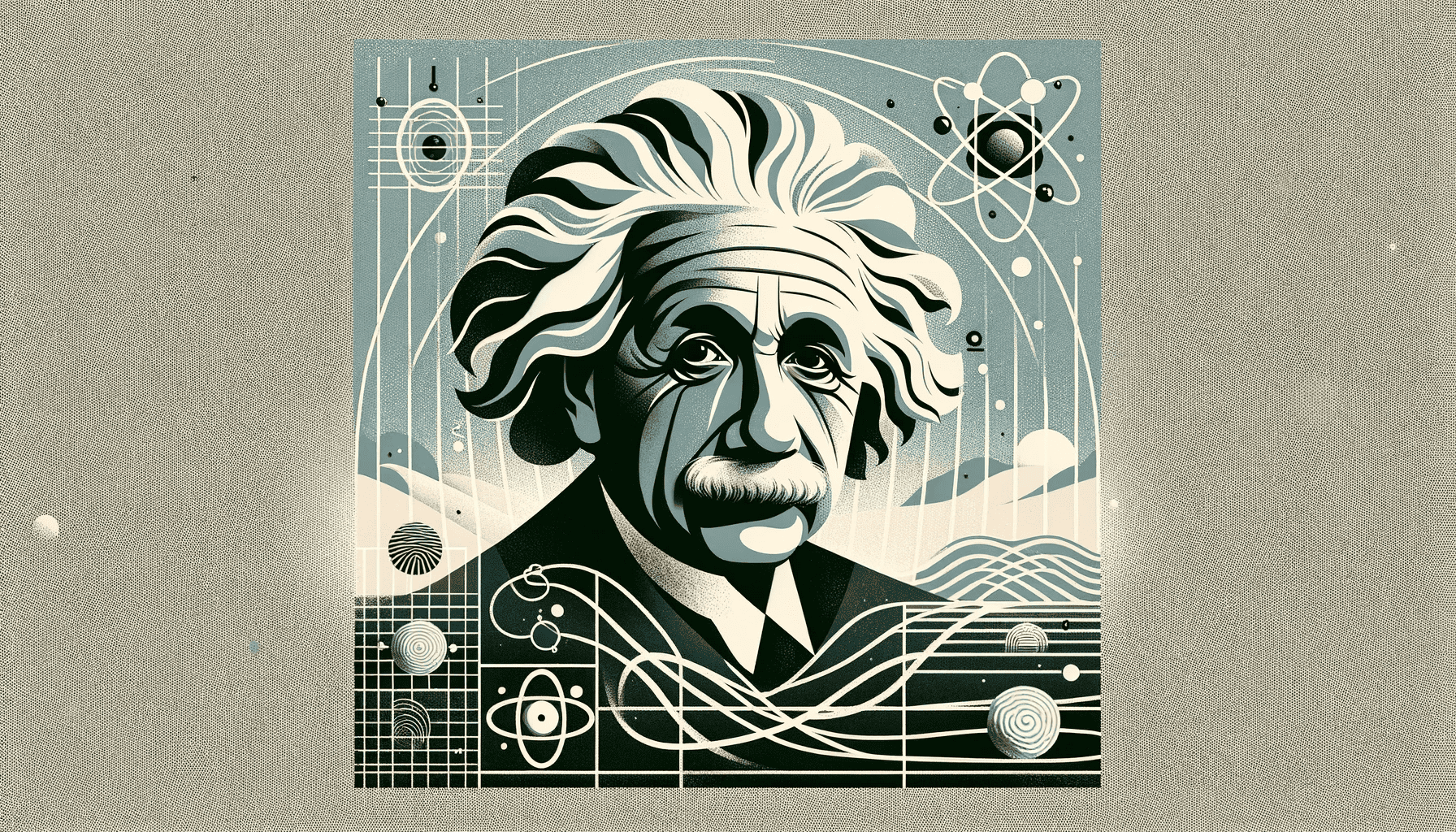
- 🌌 UCL physicists propose a new theory combining Einstein’s general relativity and quantum mechanics, challenging a century-old belief in the need to quantize gravity.
- 🔄 The physicists propose introducing a “postquantum theory of classical gravity,” suggesting spacetime interacts unpredictably with quantum particles.
- 🧪 The theory’s validity hinges on experimental tests, such as measuring fluctuations in the weight of a standard mass, to detect spacetime’s non-quantum nature.
Physicists at University College London (UCL) have introduced a theory that may resolve a longstanding paradox in modern physics. This theory bridges the gap between Einstein’s general relativity and quantum mechanics, two foundational yet contradictory pillars of physics.
Einstein‘s theory, which describes gravity through the curvature of spacetime, stands in stark opposition to quantum mechanics, the rules governing the universe’s smallest entities where particles dance to the tune of probabilistic wave equations.
These two theories, while individually robust, clash over the fundamental nature of spacetime. Quantum mechanics treats spacetime as a fixed stage, but general relativity insists it’s a dynamic actor, responding to the presence of mass.
For over a century, scientists believed that to harmonize these theories, gravity must be “quantized.” This belief spurred the development of string theory and loop quantum gravity.
However, the new UCL theory, spearheaded by Professor Jonathan Oppenheim, proposes an alternative route, suggesting that spacetime might remain classical. By treating gravity classically, the scientists propose merging it with quantum mechanics through a probabilistic mechanism.
Breaking the mold of physics
Published in Physical Review X, Oppenheim’s theory introduces a “postquantum theory of classical gravity.” It suggests a radical shift, modifying quantum theory instead of spacetime. This model predicts that spacetime’s interaction with quantum particles leads to unpredictable, violent fluctuations, challenging the precision of weight measurements (which is how the theory could be validated experimentally).
Oppenheim’s innovation lies in rejecting a key assumption put forth by critics of such hybrid models: that the interaction between classical gravity and quantum matter must be reversible. He proposes a stochastic (probabilistic) model where future states are uncertain, contrasting with deterministic models where the future can be precisely predicted from the present.
Extending his theory, Oppenheim explores coupling quantum field theory (QFT) with general relativity. Here, quantum fields on curved spacetime interact with the classical metric of general relativity through his stochastic equation. This setup allows quantum fields to influence spacetime’s curvature, a feature absent in existing QFT approaches.
Oppenheim’s theory is radical yet conservative. It retains the classical nature of general relativity, sidestepping the conceptual challenges of quantizing spacetime. However, it also suggests that quantum information could be lost in black holes, a contentious implication.
A 5000 to 1 experiment?
A second study, published in Nature Communications, explores this theory’s implications and outlines an experimental test. The proposed experiment involves precisely measuring a mass, such as the standard 1kg mass at the International Bureau of Weights and Measures in France, to detect any fluctuation in its weight. If the fluctuations in measurements of this 1kg mass are smaller than the new theory predicts, then the theory can be ruled out.
“We have shown that if spacetime doesn’t have a quantum nature, then there must be random fluctuations in the curvature of spacetime which have a particular signature that can be verified experimentally,” says co-author Zach Weller-Davies, who is a Ph.D. student at UCL and a key member of the team behind the new theory.
“In both quantum gravity and classical gravity, spacetime must be undergoing violent and random fluctuations all around us, but on a scale which we haven’t yet been able to detect. But if spacetime is classical, the fluctuations have to be larger than a certain scale, and this scale can be determined by another experiment where we test how long we can put a heavy atom in superposition of being in two different locations.”
This should be an interesting experiment once it’s finally completed since it is the subject of a bet with 5000:1 odds between Oppenheim and Professor Carlo Rovelli and Dr. Geoff Penington — the leading proponents of quantum loop gravity and string theory, respectively.
“Quantum theory and Einstein’s theory of general relativity are mathematically incompatible with each other, so it’s important to understand how this contradiction is resolved. Should spacetime be quantized, or should we modify quantum theory, or is it something else entirely? Now that we have a consistent fundamental theory in which spacetime does not get quantized, it’s anybody’s guess,” said Professor Oppenheim.
In the realm of fundamental physics, Oppenheim’s proposal is a daring departure from seven decades of established thought. It opens a new frontier in our quest to understand the universe’s deepest mysteries, standing at the threshold of potentially reshaping our conception of reality.
But don’t call the Nobel Prize committee just yet. The ultimate test for Oppenheim’s theory lies in empirical validation — one we’ll be following with great interest and anticipation.


